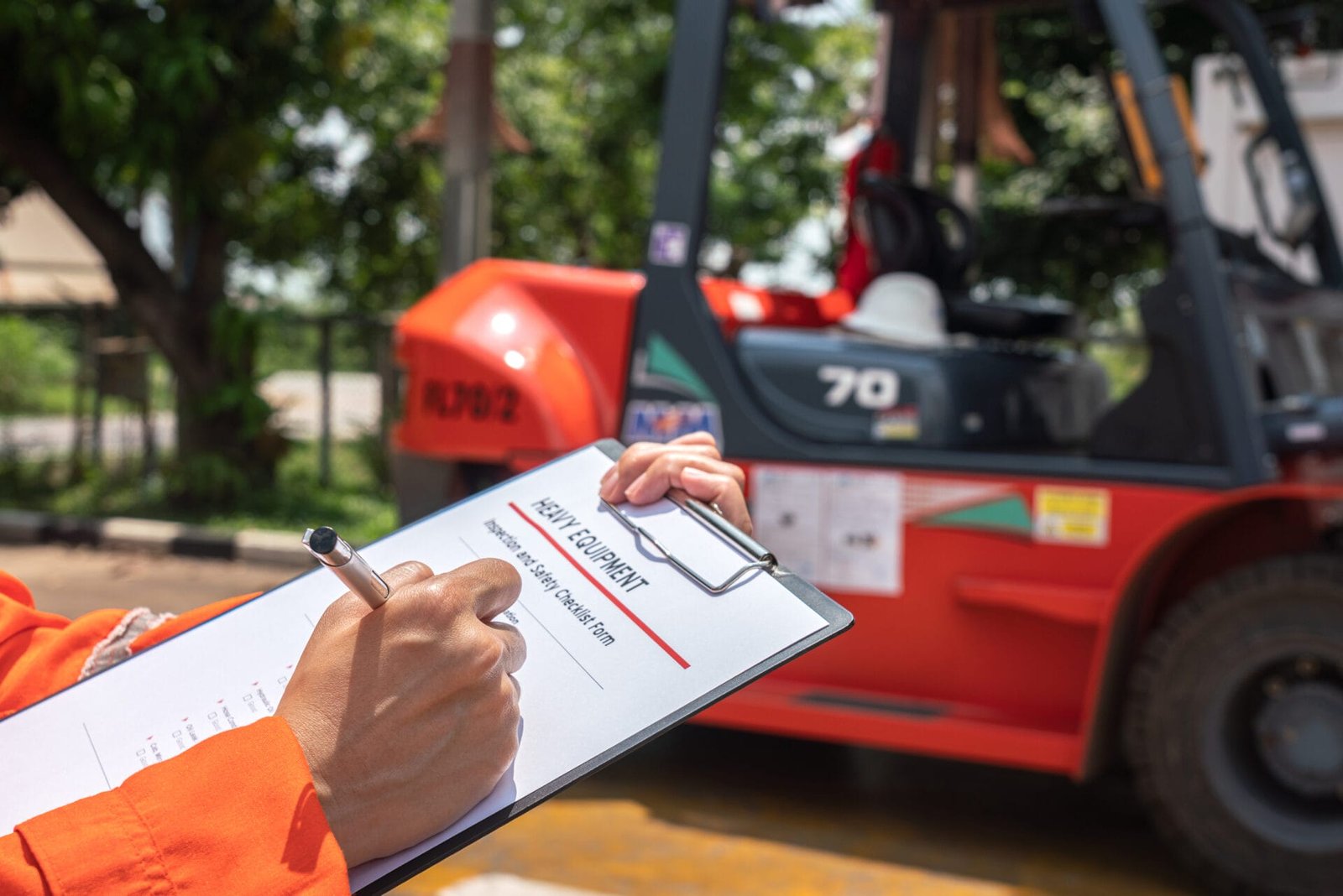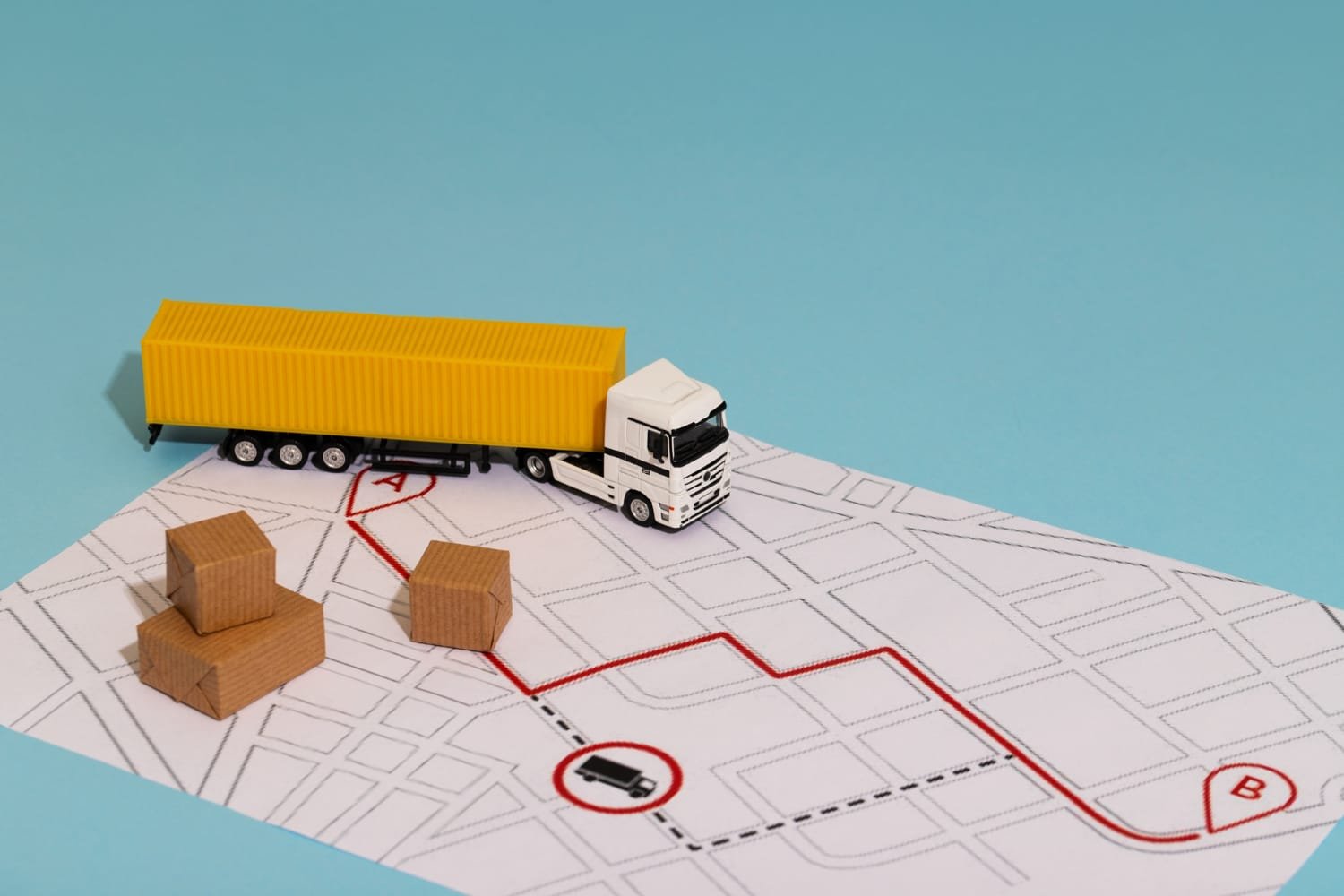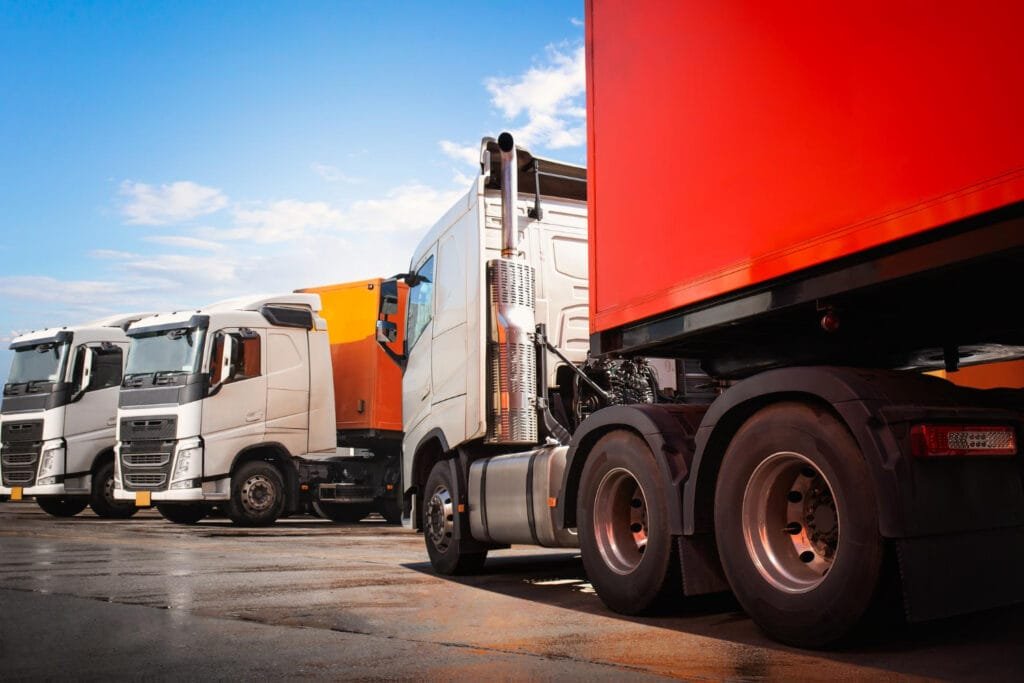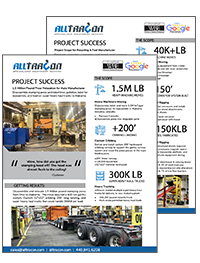Heavy Haul Trucking: Navigating Challenges and Implementing Solutions
Heavy haul trucking is a vital component of the transportation industry, responsible for moving oversized and overweight loads across long distances. While it plays a crucial role in various sectors such as construction, energy, and infrastructure development, it also presents unique challenges that can impact safety, efficiency, and profitability. In this comprehensive guide, we will delve into the challenges faced by heavy haul trucking companies and explore effective solutions to overcome them. From regulatory compliance to equipment limitations and logistical hurdles, we will provide actionable insights to help industry professionals navigate the complexities of heavy haul trucking.
Heavy haul trucking faces challenges such as regulatory compliance, route planning, and equipment maintenance. Navigating complex permitting requirements, ensuring safe transportation of oversized loads, and addressing infrastructure limitations are also significant hurdles. Effective management and coordination are crucial to overcoming these obstacles and ensuring successful heavy haul operations.

Regulatory Compliance and Permits:
Heavy haul trucking operates within a tightly regulated framework, particularly concerning oversize and overweight loads. Regulatory requirements vary by jurisdiction but generally involve stringent guidelines to ensure the safety of both the transported cargo and other road users.
Overview of Regulatory Requirements:
Transporting oversize or overweight loads requires compliance with specific regulations set forth by government agencies responsible for transportation and infrastructure. These regulations typically dictate maximum allowable dimensions, weights, and configurations for loads transported on public roads. Parameters such as height, width, length, and weight limits are strictly enforced to prevent accidents, damage to infrastructure, and disruptions to traffic flow.
In addition to dimensional and weight restrictions, regulations often mandate the use of specialized equipment, such as escort vehicles, flags, signs, and lighting, to enhance visibility and ensure the safe movement of oversized loads. Compliance with these requirements is essential to obtain permits for heavy haul transportation.
Challenges in Obtaining Permits for Specialized Transportation:
Obtaining permits for specialized transportation presents significant challenges for heavy haul operators. The process typically involves navigating complex bureaucratic procedures, submitting detailed applications, and paying associated fees. Permitting authorities may require comprehensive route plans, engineering evaluations, and proof of insurance before granting permits.
Furthermore, securing permits becomes more challenging when transporting oversized loads across state or international borders, as regulations and permit requirements may vary significantly between jurisdictions. Delays in permit approval can disrupt scheduled transportation operations, leading to increased costs and logistical complications for heavy haul carriers.
Moreover, limited availability of permits for certain routes or during peak travel times can further exacerbate challenges in obtaining permits for specialized transportation. As heavy haul operators often work under tight deadlines, any delays in the permitting process can have cascading effects on project timelines and delivery schedules. Therefore, efficient permit management and proactive engagement with permitting authorities are crucial for overcoming these challenges and ensuring smooth heavy haul operations.

Safety Concerns and Risk Management:
Heavy haul trucking, due to its unique nature involving oversized loads and specialized equipment, presents a myriad of safety concerns that require careful attention and proactive risk management strategies.
Identifying Potential Safety Hazards:
- Overweight Loads: Transporting heavy loads beyond the standard weight limit poses risks of vehicle instability, tire blowouts, and structural damage to roads and bridges.
- Heightened Risk of Accidents: The increased size and weight of heavy haul vehicles can impair visibility, lengthen braking distances, and make maneuvering more challenging, leading to a higher likelihood of accidents, particularly in congested urban areas.
- Route Hazards: Heavy haul routes often involve navigating narrow roads, sharp turns, steep inclines, and low-clearance structures, increasing the risk of collisions, rollovers, and damage to infrastructure.
- Weather Conditions: Adverse weather conditions such as high winds, heavy rain, snow, and ice can exacerbate safety risks for heavy haul operations, affecting traction, visibility, and overall vehicle control.
- Equipment Failures: Mechanical failures or malfunctions in heavy haul trucks, trailers, and specialized hauling equipment can compromise safety and result in accidents, breakdowns, or cargo spills.
Implementing Safety Protocols to Mitigate Risks:
- Pre-Trip Inspections: Conducting comprehensive pre-trip inspections of vehicles and equipment to identify and address potential safety issues before embarking on heavy haul journeys.
- Adherence to Regulations: Ensuring compliance with relevant regulations and permit requirements governing heavy haul transportation, including weight restrictions, route restrictions, and safety standards.
- Escort Vehicles: Utilizing escort vehicles equipped with warning signs, lights, and communication systems to enhance visibility, provide assistance in navigating challenging terrain, and alert other motorists to the presence of oversized loads.
- Emergency Response Plans: Developing and implementing emergency response plans to address accidents, breakdowns, and other unforeseen events during heavy haul operations, including procedures for notifying authorities, securing the scene, and managing spills or hazardous materials incidents.
- Continuous Training and Education: Providing ongoing training programs for drivers and personnel involved in heavy haul operations to enhance awareness of safety protocols, improve driving skills, and effectively respond to emergency situations. Regular training sessions can cover topics such as load securement, defensive driving techniques, and emergency procedures, fostering a culture of safety and accountability within the organization.

Infrastructure Limitations
Infrastructure limitations pose significant challenges to heavy haul trucking operations, impacting route planning and overall efficiency. Addressing these constraints requires careful assessment, proactive measures, and collaboration with local authorities.
Assessing the Impact of Infrastructure Constraints on Route Planning
When planning routes for heavy haul transportation, one of the foremost considerations is assessing the impact of infrastructure limitations. This involves identifying potential obstacles such as narrow roads, weak bridges, and low-clearance structures along the intended path. These constraints can significantly affect the feasibility and safety of transporting oversized or overweight loads. Advanced route planning software and specialized mapping tools are employed to analyze road conditions, weight restrictions, and clearance heights, allowing haulage companies to chart the most viable course while minimizing disruptions and risks.
Overcoming Challenges Posed by Narrow Roads, Bridges, and Low-Clearance Structures
Navigating narrow roads, bridges, and low-clearance structures presents formidable challenges for heavy haul trucking operations. Oversized loads may require special permits and escorts, and the chosen route must be carefully evaluated to ensure it can accommodate the dimensions and weight of the cargo. Additionally, negotiating sharp turns, steep inclines, and congested urban areas demands precision driving skills and specialized equipment. To mitigate risks and ensure compliance with regulations, haulage companies often invest in advanced vehicle tracking systems, load monitoring technologies, and driver training programs.
Collaboration with Local Authorities and Agencies to Address Infrastructure Deficiencies
Addressing infrastructure deficiencies requires collaboration between haulage companies, local authorities, and government agencies. This partnership is essential for identifying critical areas of improvement, advocating for necessary upgrades, and implementing solutions to enhance the infrastructure’s suitability for heavy haul transportation. By engaging in dialogue with relevant stakeholders and participating in infrastructure development initiatives, the heavy haul industry can contribute to the creation of safer, more efficient transportation networks that support economic growth and innovation.
Equipment Requirements and Maintenance
Logistical Complexities
Heavy haul trucking presents unique logistical challenges that require meticulous planning and coordination to ensure the safe and efficient transportation of oversized loads. These complexities encompass various aspects of the transportation process, from route planning to loading and unloading procedures.
Planning and Coordinating Complex Routes for Oversized Loads
One of the primary challenges in heavy haul trucking is planning and coordinating complex routes for oversized loads. Unlike standard freight, oversized loads may require specialized routes to accommodate their size, weight, and height. This involves navigating through narrow roads, bridges, and overpasses that can pose clearance and weight limit restrictions. Additionally, obtaining permits and regulatory approvals for transporting oversized loads adds another layer of complexity to route planning. Coordinating with local authorities, law enforcement agencies, and utility companies is essential to ensure compliance with regulations and mitigate potential logistical obstacles along the route.
Addressing Challenges Related to Loading and Unloading Procedures
Loading and unloading oversized loads present significant challenges due to their size, weight, and dimensions. Specialized equipment such as cranes, forklifts, and rigging systems may be required to safely load and unload heavy machinery, equipment, or structures onto trailers. Moreover, coordinating with shippers, receivers, and third-party contractors to facilitate loading and unloading operations adds complexity to the logistical process. Delays or disruptions in loading and unloading procedures can impact the overall transportation schedule and incur additional costs. Therefore, careful planning and coordination are essential to ensure seamless transitions between transportation and handling operations.
Utilizing Advanced Technologies for Route Optimization and Tracking
To mitigate logistical complexities in heavy haul trucking, companies utilize advanced technologies for route optimization and tracking. Geographic information systems (GIS), GPS navigation, and route planning software enable companies to identify optimal routes, taking into account factors such as road conditions, traffic congestion, and infrastructure limitations. Real-time tracking systems allow for continuous monitoring of cargo location, ensuring adherence to planned routes and schedules. Additionally, telematics and onboard sensors provide valuable data on vehicle performance, fuel efficiency, and compliance with regulatory requirements. By leveraging these technologies, companies can streamline operations, enhance safety, and optimize resource utilization in heavy haul trucking.
Conclusion
Heavy haul trucking presents a unique set of challenges that require careful planning, innovative solutions, and collaboration among industry stakeholders. By addressing regulatory compliance, safety concerns, infrastructure limitations, equipment maintenance, and logistical complexities, companies can overcome these challenges and achieve greater efficiency and profitability in their operations. Implementing effective solutions such as utilizing technology for route planning, investing in training and development, collaborating with regulatory authorities, implementing preventive maintenance programs, and adopting sustainable practices will not only mitigate risks but also position heavy haul trucking companies for long-term success. As the industry continues to evolve, embracing innovation and best practices will be essential for navigating the complexities of heavy haul trucking.

